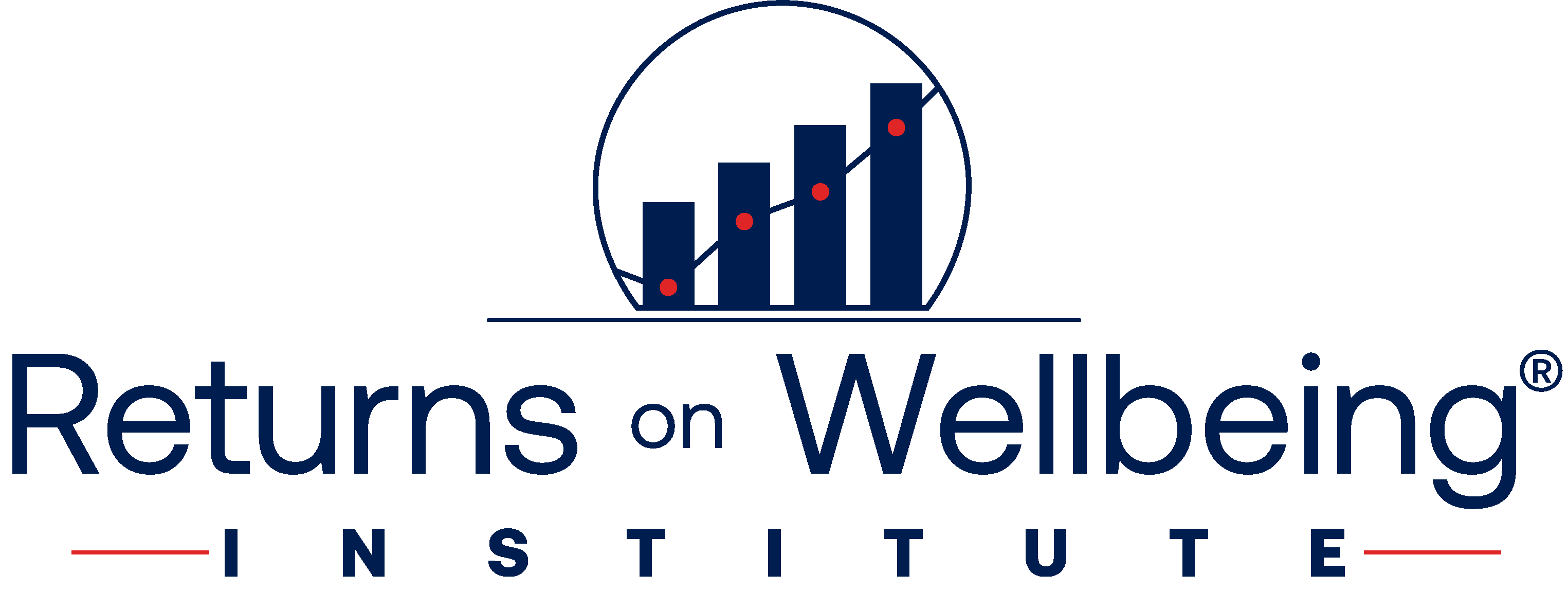One of the primary reasons today’s workplace wellness programs have failed is that they are not strategic. They are what someone called “random acts of wellness.” To succeed, they must be comprehensive (whole person approach of body, mind, and spirit; cultural; and pervasive), and must be strategic.
In today’s business environment, this assuredly is not happening, and thus the tepid results of today’s workplace wellness attempts are not surprising. When is the last time that a Board of Directors held its CEO accountable for measurable aspects of employee engagement and wellbeing? When is the last time a Board actually reviewed employee wellbeing results or even tried to measure them?
I chaired the Strategic Planning Committee of a Board of Directors of a non-profit healthcare organization in Southeast New England. In the early planning stage, when talking with the CEO and the consultant/facilitator, I suggested adding “employee wellbeing” as a third strategic priority.
That suggestion, at first, was not well-received. Oh, the organization did treat its employees relatively well. But not strategically or measurably so–not as a comprehensive approach to dramatically improve the health, wellbeing, engagement, and productivity of employees.
Employee wellbeing wasn’t perceived as being “strategic.” Rather, it was viewed as enabling, or supportive. I disagreed, saying that if it isn’t elevated to a mission-critical strategic objective, planned, staffed, funded, and executed as vigorously as the other two priorities, it won’t happen. We finally reached an agreement to make employee wellbeing the third strategic priority.
But it didn’t end there. The entire Committee and then the Board had to agree. They did, aided perhaps in part by my passionate pitch in favor. I made the point that this priority did not imply that the organization had done badly by its employees. I used Jim Collins’ term “good to great” as encouragement. We talked about becoming an employer of choice and halving voluntary turnover. We talked about improving the health and wellbeing of caregivers and other employees.
We then created three workgroups for each of the strategic priorities. I co-chaired the employee wellbeing workgroup with the VP of HR, who was enthusiastically on board and energized.
Our workgroup was comprised of Board members and staff. At this stage, our job was to produce the “what;” not the “how.” Staff, in executing the strategic plan, would determine the how.
We determined our written strategic plan for employee wellbeing would be a relatively short document that proposed:
- The organization’s ultimate goal and how it might be defined and measured. Perhaps to become the employer of choice in our line of business and in Southern New England.
- Three to five Guiding Principles that set the strategic direction for management in the area of wellbeing.
- Goals and objectives.
- An “Other” category that included
- what would be measured
- periodic review by the Board with the CEO
- all managers held accountable for the wellbeing of their direct reports
- a first-rate communications plan.
Staff seemed energized by the enthusiastic Board support, and our plan rather quickly came together. It was approved by the full Board, and then Staff undertook to fill in the following:
- the how
- specific programs
- timetables
- funding/dovetail with budget
- staffing
- reporting at every Board meeting
- measurements
- communications plan
The CEO and the VP of HR presented the results to employees, and it was (unsurprisingly) well received. It is now being implemented, and a standing Board agenda item includes employee wellbeing, as part of progress on the strategic plan.
What are the takeaways here? Employee wellbeing needs a champion, someone who is not only enthusiastic and a bit pushy, but also is in a position of authority in the organization. This will almost always be the CEO, a Board member, or a top executive such as the CFO or the COO.
And once taking on the role of champion, they can never let up. This ultimately must be owned by the CEO to have full impact, and once CEOs connect the dots between employee wellbeing and organizational success (much less a fine legacy), they usually take on the role with pride.

